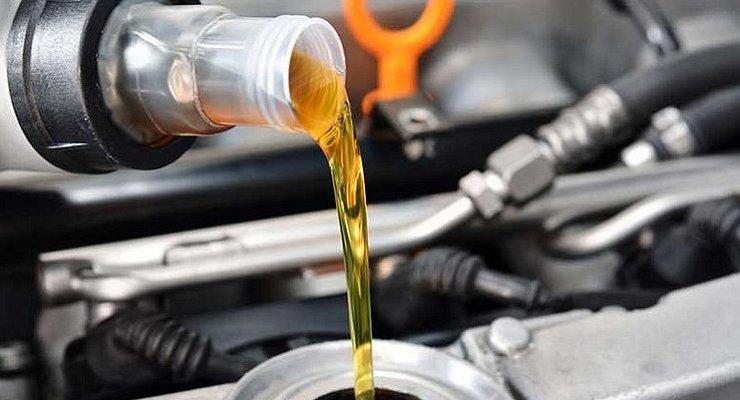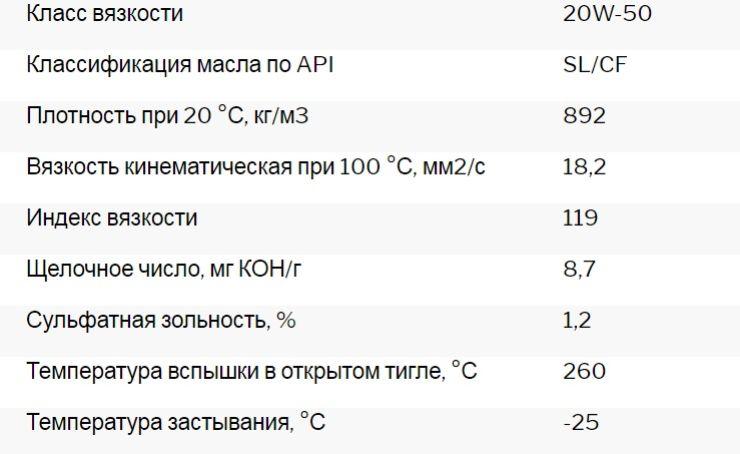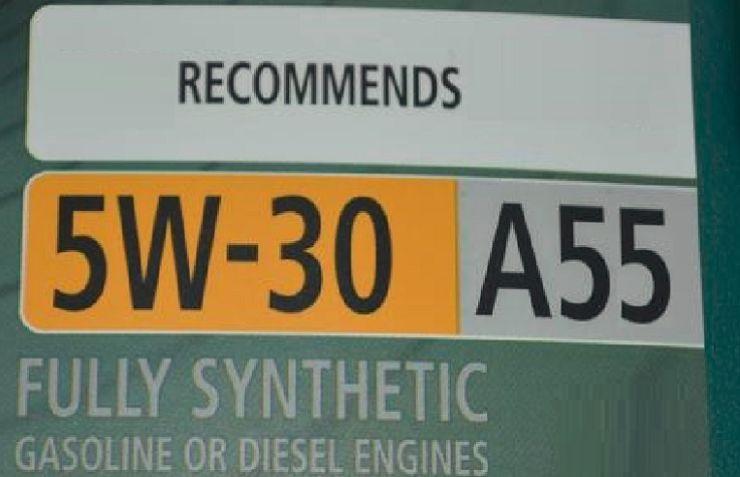
How not to make a mistake in choosing synthetic motor oil
In the spring, when traditionally many car owners carry out seasonal maintenance of the engine and its lubrication system, the right choice of engine oil becomes especially relevant so that later it does not hurt and feel sorry for the ruined engine.
To understand how important a competent approach is to choosing an automotive motor "liquid" lubricant, it makes sense to turn to some technical points regarding their applicability, as well as production methods. Note that today, in the production of modern motor oils, a lot of various ingredients are used, but the largest part of them (in quantitative terms) is approximately equally represented by two main components - special additives and base oils.
As for base oils, such a major international research center as the American Petroleum Institute (API) currently divides them into five main groups. The first two are given to mineral oils, the third classification includes the so-called hydrocracking oils, the fourth group includes fully synthetic oils using a PAO (polyalphaolefin) base, and the fifth is everything that cannot be classified according to the characteristics characteristic of the first four groups.

In particular, the fifth group today includes such chemical components as esters or polyglycols. They are of little interest to us, so let's briefly go over the features of each "base" noted in groups 1-4.
Mineral engine oils
Mineral oils are becoming less and less popular as their properties are no longer sufficient to meet the high demands of modern passenger car engines. Currently, they are used in machines of previous generations. The fleet of such cars on the Russian market is still quite significant, so the “mineral water” is still in use with us, although it is no longer as popular as, say, ten or fifteen years ago.
Hydrocracking oils
According to market experts, the qualitative performance of hydrocracked oils is subject to constant technical improvement. Suffice it to say that the latest generation of "hydrocracking", based on HC-synthesis (Hydro Craking Synthese Technology), is practically not inferior to those of fully synthetic oils. At the same time, the hydrocracking group successfully combines such important consumer properties as availability, price and efficiency.

It is worth adding to the above that most modern engine oils produced in OEM status (that is, intended for primary filling on an automobile assembly line of a particular automaker) are made using an HC-synthesized base. Which, as a result, has recently led to an increase in demand and an increase in prices for this class of base oil.
Fully synthetic oils
The term "fully synthetic oil" was originally used by manufacturers to refer to the most modern variation in the composition of the oil. Since its inception, the market for liquid motor lubricants has immediately divided into two conditional categories: “mineral water” and fully synthetic oils (fully synthetic). On the other hand, this circumstance provoked numerous and quite reasonable disputes about the correct applicability of the phrase “completely synthetic” itself.
By the way, it will be legally recognized only in Germany, and then only on the condition that only a polyalphaolefin (PAO) base was used in the production of motor oil, without any additives of other base oils from groups numbered 1, 2 or 3.

However, the universal commercial availability of the PAO base, combined with its rather high cost, turned out to be significant criteria for the serial production of a quality product. This has led to the fact that at present manufacturers usually no longer use PAO base in its pure form - it is almost always used in combination with cheaper base components from the hydrocracking group.
Thus, they try to meet the technical requirements of automakers. But, we repeat once again, in a number of countries (for example, in Germany), such a version of “mixed” oil can no longer be called “fully synthetic”, since this expression can mislead the consumer.
Nevertheless, individual German companies allow certain "technological liberties" in the production of their oils, passing off inexpensive "hydrocracking" as fully synthetic. By the way, tough decisions of the German Federal Court have already been made against a number of such firms. This highest court of the Federal Republic of Germany made it clear that oils with additives of an HC-synthesized base cannot in any way be called "fully synthetic".

In other words, only 100% PAO-based engine oils can be considered “fully synthetic” among the Germans, which, in particular, include the Synthoil product line from the well-known company Liqui Moly. Its oils have the Vollsynthetisches Leichtlauf Motoroil designation corresponding to their class. By the way, these products are also available on our market.
Brief recommendations
What conclusions can be drawn from the review of the AvtoVzglyad portal? They are simple - the owner of a modern car (and even more so - a modern foreign car), when choosing engine oil, clearly should not be guided only by "household" terminology imposed by one or another "authoritative" opinion.
The decision must be made, first of all, on the basis of the recommendations set out in the vehicle's operating instructions. And when buying, be sure to read about the composition of the product that you intend to purchase. Only with this approach, you, as a consumer, will be completely safe.

